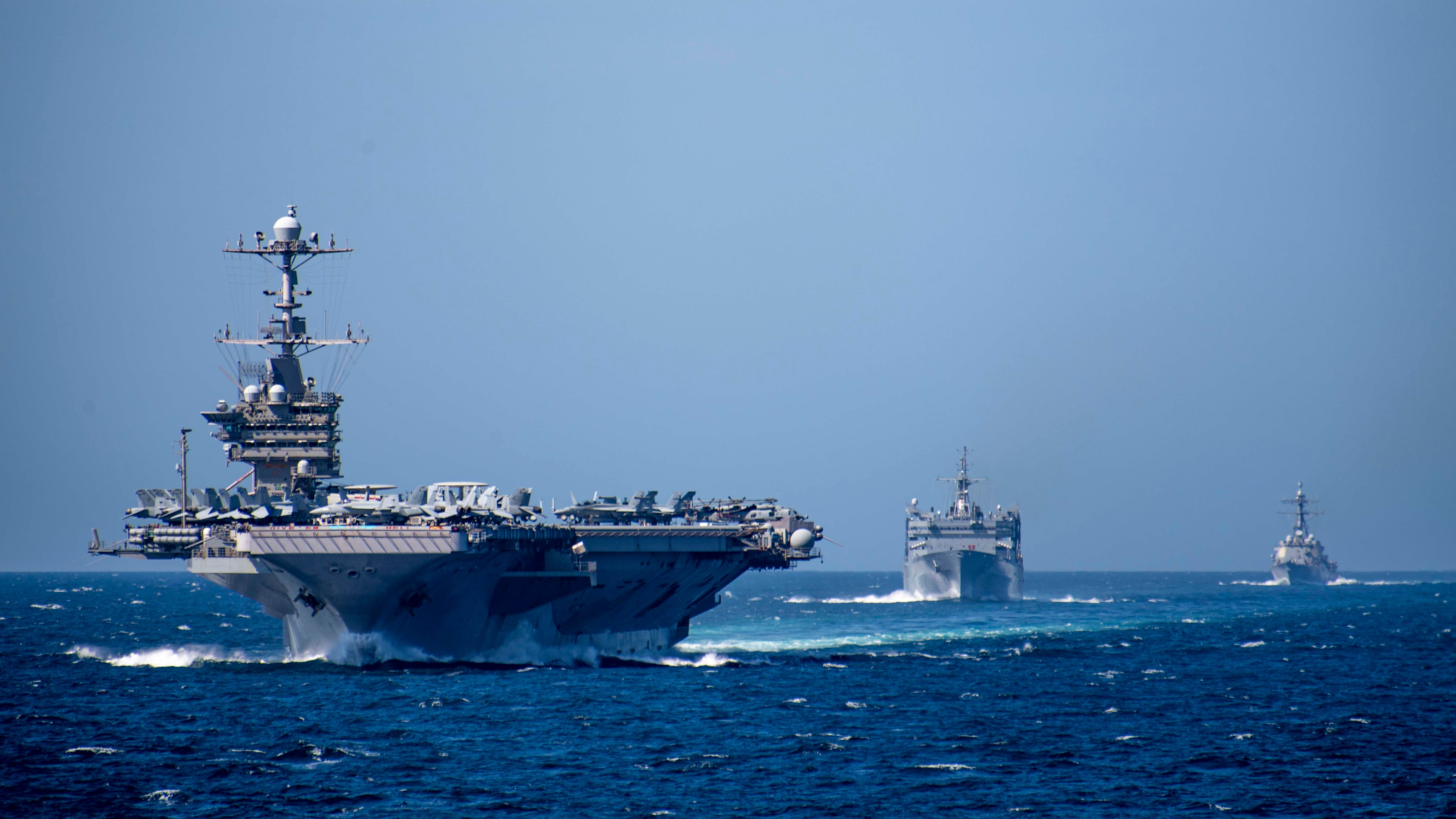WASHINGTON — The U.S. Navy’s top officer said he’ll do what he must to make sure the fleet of today is manned, maintained, trained and equipped, even if that means slowing down how fast the fleet grows.
In response to a question about proposed cuts to Flight III Arleigh Burke-class destroyers over the next five years, Chief of Naval Operations Adm. Michael Gilday said shipbuilding cuts are a trade he’s willing to make to maintain readiness.
“I’m focused on closing capability gaps, closing readiness gaps and increasing lethality,” Gilday said during comments at the annual Surface Navy Association symposium. “And so for me the focus is on sustaining the Navy that we have, [which] comes at a high price. Some of that price is, perhaps, a reduction in growth. Not to say that growth stops, but growth perhaps slows.”
RELATED

Gilday’s remarks come amid a push by Navy leaders to increase the service’s slice of the Defense Department’s budget, arguing that President Donald Trump and other senior administration officials have called for a 355-ship fleet, and that the crippling expense of replacing the Ohio-class ballistic missile submarine makes growing the fleet cost-prohibitive.
At the same time, commanders are unwilling to accept a significant decrease in readiness, or a so-called hollow force, which harkens back to the years after Vietnam when the military suffered significant readiness shortfalls.
That’s the message Gilday plans to take to lawmakers. “When I talk to Congress, I think I have to make a case that we have to sustain the Navy that we have,” he said, adding that he is focused on improving maintenance outcomes.
“Getting ships out of the shipyard at a rate of 20-30 percent on-time completion is completely unsatisfactory,” he said.
In a Dec. 2 interview with Defense News, acting Secretary of the Navy Thomas Modly said the fiscal 2021 budget was not final, but that the service is averse to hollowing out the force to pay for more ships.
“We definitely want to have a bigger Navy, but we definitely don’t want to have a hollow Navy either,” Modly said. “These are difficult choices, but the requirement to get to a bigger fleet, whether that’s 355 ships or 355-plus, as I like to talk about, it is going to require a bigger top line for the Navy.
“If you are growing the force by 25 to 30 percent, that includes people that have to man them. It requires maintenance. It requires operational costs. And you can’t do that if your top line is basically flat.”
David B. Larter was the naval warfare reporter for Defense News.








